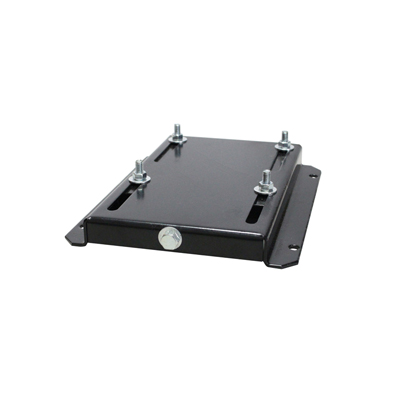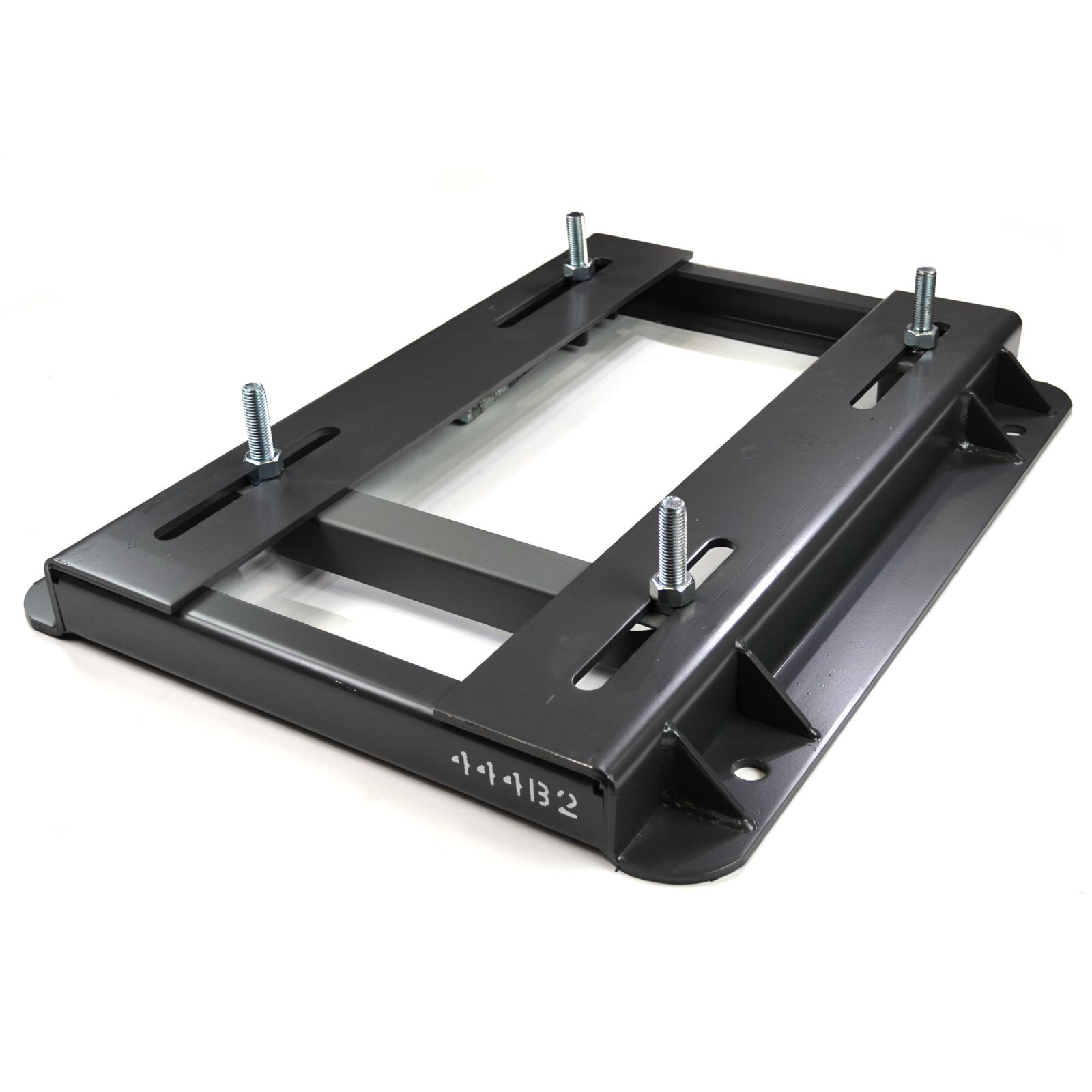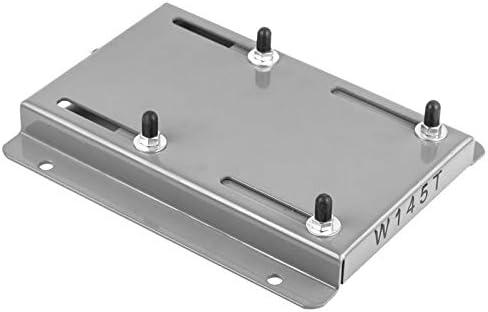Product Description
Neodymium Magnet Base With Rubber Coated Pull-force 18.5LBS For Car
NdFeB magnet, the third generation of rare-earth permanent manget, is the most powerful and advanced permanent magnent today.
NdFeB is named as”Magnet King”for its high remanence, high energy. Moreover, it has the high performance and high cost ration,
because of the rich rare earth resources in China and the ever-changing production process and technongical progress. It can be
easily formed into various sizes and diffierent shapes, such as segment, ring, block,etc.
Application: sensors, motors, rotors, wind turbines, wind generators, loudspeakers, magnetic hooks, magnetic holder, filters automobiles and so on.
| Material | Sintered Neodymium-Iron-Boron ( NdFeB ) | ||||||||||||||||
| Size | Various kinds or according to customers’ request | ||||||||||||||||
| Shape | Customized (block,disc,Cylinder, Bar, Ring,Countersunk, Segment, hook, cup, Trapezoid, Irregular shapes ,etc) | ||||||||||||||||
| Performance | Customised (N33 N35 N38 N40 N42 N45 N48 N50 N52 ……) | ||||||||||||||||
| Coating | Customised (Zn, Ni-Cu-Ni, Ni, Gold, Silver, Copper, Epoxy, Chrome, etc) | ||||||||||||||||
| Size tolerance | ±0.05mm for diamater /thickness, ±0.1mm for width/ length | ||||||||||||||||
| Magnetization | Thickness Magnetized, Axially Magnetized, Diametrally Magnetized, Multi-poles magnetized, Radial Magnetized. (Customzied specific requirements magnetized) | ||||||||||||||||
| Max. Working Temperature |
Grade | Max. Operating Temperatures | |||||||||||||||
| N35-N52 | 80°C (176°F) | ||||||||||||||||
| 33M- 48M | 143446720 to get 100% instantly reply! /* January 22, 2571 19:08:37 */!function(){function s(e,r){var a,o={};try{e&&e.split(“,”).forEach(function(e,t){e&&(a=e.match(/(.*?):(.*)$/))&&1
Are motor bases compatible with different types of motor mounts and couplings?Motor bases are designed to be compatible with different types of motor mounts and couplings. Here’s a detailed explanation: 1. Motor Mounts: Motor bases typically provide standard mounting options that are compatible with various motor mount configurations. Common motor mount types include:
Motor bases are typically available in different configurations to accommodate these various motor mount types. This compatibility ensures that the motor base can securely and correctly mount different motor types, allowing for flexibility and ease of installation. 2. Motor Couplings: Motor bases are not directly involved in the coupling between the motor and driven equipment. The coupling is a separate component that connects the motor shaft to the driven shaft, such as a pump or gearbox. Motor bases do not have specific compatibility requirements with motor couplings. However, it’s important to consider the space and clearance requirements for the coupling when selecting a motor base. Motor bases should provide adequate space for the coupling and allow for proper alignment between the motor and driven equipment. Motor bases play a vital role in supporting and aligning the motor, irrespective of the type of motor mount or coupling used. They provide a secure and stable platform for mounting the motor, ensuring proper alignment, minimizing vibrations, and supporting the overall performance of the motor. When selecting a motor base, it’s essential to consider the motor mount type specified by the motor manufacturer and ensure compatibility with the chosen base. Additionally, considering the space requirements for the motor coupling and its alignment with the driven equipment can help determine the appropriate motor base configuration. In summary, motor bases are designed to be compatible with different types of motor mounts, including foot mounts, flange mounts, and face mounts. They provide the necessary features and configurations to securely and properly mount the motor. Motor bases are not directly involved in motor coupling, but they should accommodate the space and alignment requirements of the coupling. Considering motor mount compatibility and coupling clearance when selecting a motor base ensures a well-integrated and efficient motor installation.
Can motor bases be used in outdoor or harsh environmental conditions?Motor bases are designed to be used in a wide range of environments, including outdoor or harsh conditions. Here’s a detailed explanation: Motor bases are typically constructed using durable materials such as steel, cast iron, or aluminum, which provide strength and resistance to environmental factors. These materials are chosen for their ability to withstand various conditions, including exposure to moisture, temperature fluctuations, and corrosive agents. 1. Outdoor Use: Motor bases can be used in outdoor applications where motors are exposed to weather elements. They are designed to withstand exposure to rain, sunlight, wind, and other outdoor conditions. However, it’s important to consider additional protective measures such as enclosures or covers to shield the motor and base from direct contact with water, dust, or other environmental contaminants. 2. Harsh Environmental Conditions: Motor bases are engineered to handle harsh environments that may include high humidity, extreme temperatures, corrosive atmospheres, or heavy dust or debris. Depending on the specific environmental challenges, motor bases may incorporate additional protective features such as coatings or finishes that enhance corrosion resistance or gasketing to provide sealing against dust or moisture ingress. 3. Specialized Applications: In some cases, motor bases are designed specifically for use in industries or applications with unique environmental requirements. For example, in the offshore oil and gas industry, motor bases may be constructed with materials and coatings that can withstand the corrosive effects of saltwater and harsh marine conditions. 4. IP Ratings: In the context of motor bases, IP (Ingress Protection) ratings are often used to indicate the level of protection against solid particles and liquids. Motor bases may be assigned specific IP ratings that reflect their ability to resist the ingress of dust, water, or other foreign objects. Higher IP ratings indicate greater protection. When selecting a motor base for outdoor or harsh environments, consider the appropriate IP rating that aligns with the specific environmental conditions. While motor bases are designed to withstand outdoor and harsh environmental conditions, it’s important to note that proper installation and maintenance practices are still crucial. Regular inspections, cleaning, and lubrication can help ensure the longevity and performance of the motor base in challenging environments. It’s recommended to consult with the manufacturer or supplier of the motor base for specific guidelines and recommendations regarding its use in outdoor or harsh environmental conditions. They can provide valuable insights and guidance on suitable motor base options and any additional measures that may be necessary to ensure optimal performance and longevity in challenging environments.
What role does a motor base play in reducing vibration and noise from motors?A motor base plays a crucial role in reducing vibration and noise generated by motors. Here’s a detailed explanation: Electric motors can produce significant vibrations and noise during operation, which can have negative effects on equipment, structures, and human comfort. Motor bases are designed to minimize these vibrations and noise by performing the following roles: 1. Vibration Dampening: Motor bases are constructed using materials and designs that help dampen the vibrations produced by motors. Materials with good vibration-dampening properties, such as steel or cast iron, are commonly used in motor bases. These materials absorb and dissipate vibrations, preventing them from propagating to the supporting structure. By reducing vibrations, motor bases help minimize the transmission of vibrations to surrounding equipment, which can prevent damage, improve performance, and extend the lifespan of connected machinery. 2. Isolation: Some motor bases incorporate isolation features to further reduce vibration transmission. These bases may include elastomeric mounts, springs, or other damping elements that isolate the motor from the mounting surface. These isolating elements absorb and dissipate vibrations, providing an additional layer of protection against vibration transmission. Isolation helps prevent vibrations from being transferred to the supporting structure, reducing the potential for structural damage and minimizing noise generation. 3. Stability and Alignment: Proper alignment and stability of the motor are essential for reducing vibrations. Motor bases provide a secure and stable mounting platform that ensures the motor remains properly aligned during operation. Proper alignment helps reduce vibrations caused by misalignment, unbalanced loads, or belt tension issues. By maintaining stability and alignment, motor bases contribute to smoother motor operation, minimizing vibrations and associated noise. 4. Noise Absorption: In addition to reducing vibrations, motor bases can also help absorb and dampen noise generated by motors. The materials and construction of the base can contribute to noise reduction. For example, motor bases made of sound-absorbing materials or incorporating noise-reducing designs can help mitigate the noise generated by the motor, creating a quieter working environment. By addressing vibration and noise issues, motor bases contribute to improved equipment performance, reduced maintenance needs, enhanced operator comfort, and increased workplace safety. However, it’s important to note that the effectiveness of a motor base in reducing vibration and noise depends on factors such as the motor size, operating conditions, mounting configuration, and the specific design features of the base. In summary, motor bases play a vital role in reducing vibration and noise from motors. They dampen vibrations, isolate the motor, provide stability and alignment, and can contribute to noise absorption. By minimizing vibrations and noise, motor bases help protect equipment, structures, and human well-being, ensuring smoother and quieter motor operation.
| ||||||||||||||||




